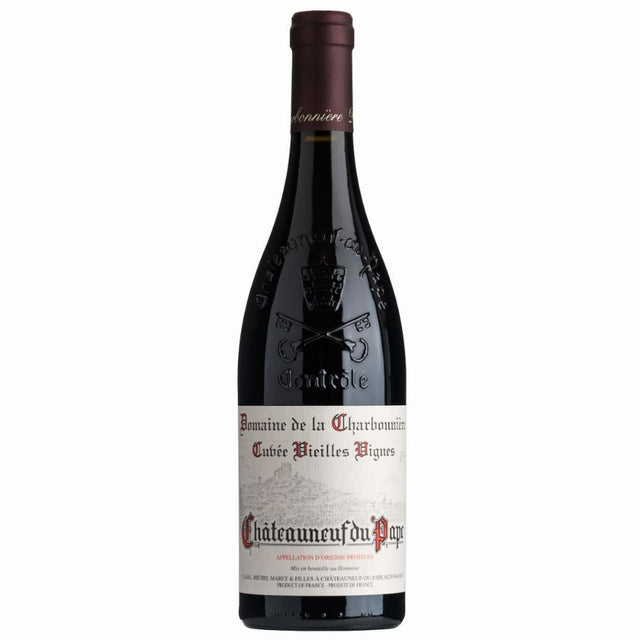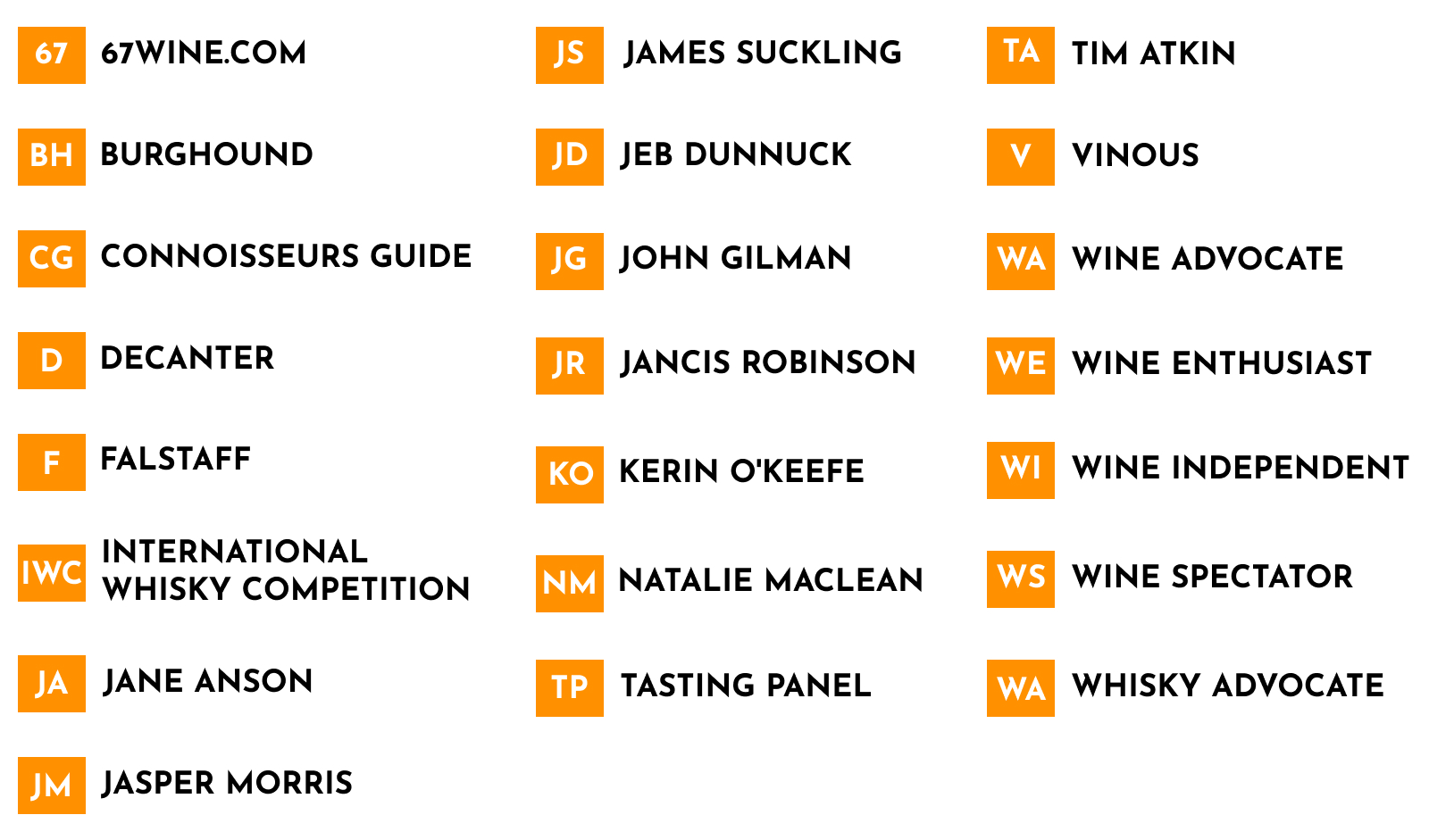For us wine drinkers, the answer is "quite a lot!" But first a bit of history.
Historical event #1: Prohibition. The U.S. suffered this piece of legal insanity for fourteen years, from January 1920 to December 1933. This meant that an entire generation grew up in this country without the opportunity to develop a taste and enthusiasm for fine wine. It also meant that the native wine industry (and California was all that really mattered in those days) was dealt a crippling blow; a few wineries stayed open producing sacramental wine, but most closed shop during the dry period. Those young sophisticates who asked for wine at their local speakeasy were given the choice of "sherry, port, or muscatel," made from grape concentrate shipped from California. As a result, American wine consumption in 1940 was about 75% sweet fortified wines and only 25% dry natural wine.
Historical event #2: the Second World War. Many young servicemen returning home from Europe brought with them an enlightened interest in food (mom's Sunday done-to-death pot roast wasn't going to cut it any more) and wine. A former colleague of mine had served in Germany with a unit charged with guarding German prisoners of war billeted in an old castle; his discovery of a treasure-trove of wine in the cellar was the start of a life-long love affair with wine. Add to this the fact that those few Americans who had found a way to obtain and drink wine during Prohibition had, in all likelihood, been drinking imported wine and we can begin to understand why post-Repeal American winemakers thought the only way they could successfully market their products was by giving the wines European names . . . and so we had (from California) Chablis, Rhine wine, Burgundy, Claret, and Sauterne.
Importer Frank Schoonmaker - a legend in his own time - made it his personal crusade to change that. He argued that it was wrong to call something Chablis that didn't come from Chablis and didn't taste anything like Chablis. It took a few years, but eventually the domestic industry came around, labeling wines by varietal and correct place name. As Schoonmaker wrote 60 years ago: "Casting aside our European inferiority complex, with regards to wine, we find, to our surprise, that the wines not only sound better under their truthful names, but that, since they have given up trying to be imitations, they taste better too."
Traditionally Europeans labeled their wines by place name; they assumed, for example, that consumers knew that if they bought a Sancerre they were buying Sauvignon Blanc. Many Europeans still operate on assumptions like that but, in a gesture to the varietal-conscious American market, more and more are including the grape name on their label.
Come to think about it, if it hadn't been for Schoonmaker, we (the 67 Varietal Club) probably wouldn't be here. So let's raise our glasses in a toast to the pioneering spirit of Mr. S!
Not Exactly Household Words!
How varietal-conscious are we? Well, we all know Chardonnay, Cabernet, Merlot, Pinot Noir, Sauvignon Blanc, Riesling, maybe Sangiovese and Barbera, maybe Pinot Gris, maybe Nebbiolo, and of course Syrah/Shiraz. But there's a much wider grape world out there than just what these represent. Jancis Robinson's little Guide to Wine Grapes lists more than 800 varietals; even allowing for the fact that many are "aliases," that number is still cause for a celebration of diversity.
Part of the pleasure of the Varietal Club (for us as well as for you) is discovering outstanding wines made from grapes that are "not exactly household words." So here are six fun new ones for starters!
According to Jancis Robinson, "Valdiguié, sometimes called Gros Auxerrois, enjoyed its finest hour in the late 19th century, when it was valued for its productivity and its resistance to powdery mildew in the Lot, South West France." The French eventually came to regard it as a "quantity rather than quality" grape and ripped out most of the vines. However, in 1980 Pierre Galet, the father of modern ampelography (the science of vine description by physical characteristics) visited California and identified the varietal the locals were calling Napa Gamay as none other than Valdiguié!
Mondeuse Noire is, per Jancis, "one of the oldest and most distinctive grape varieties of Savoie, bringing an Italianate depth to the region in contrast to the reds produced by the Gamay imported only after phylloxera." Some authorities find strong similarities to Refosco, a red grape of Friuli in northeastern Italy - not surprising, since both regions 500 years ago were part of the House of Savoy - but the jury is still out on that one.
You've never heard of it, you don't have a clue how to pronounce it, but guess what? Rkatsiteli (four syllables, you pronounce the initial R) is one of the four most widely planted grapes in the world. Why haven't we heard of it? Because it's grown primarily in Bulgaria, Romania, and in almost all of the former Soviet republics (it adapts well to particularly cold winters). Jancis praises it, saying "much is demanded of this variety and it achieves much, providing a base for a wide range of wine styles."
With only 50 acres or so planted in Napa and Mendocino, Charbono probably qualifies as our most obscure grape. Most experts believe it is the same as the Corbeau (or Charbonneau or Douce Noire), a now almost extinct variety once grown in the Savoie, but we know it was imported into California by two early winemakers, J. H. Drummond and J.-B. J. Portal, in the 1870s. One wag of a wine writer accuses those few producing a Charbono today of trying to make something out of nothing, but the truth is that the grape (partly thanks to the age of most of the vines) can produce a characterful, concentrated red.
Grüner Veltliner is not just Austria's very own grape, it is also the country's most important: well over a third of total vineyard acreage in the country is planted to this grape, and in the Danube it reigns supreme. Our grape has also migrated over the border into Slovakia and Hungary. It is a productive and relatively hardy vine that can produce wines that offer both perfume and substance.
The grape in the Argiolas Perdera is Monica di Sardegna, probably the most widely planted red grape on the island of Sardinia. Some experts think the vine came originally from Spain (though it is not found there today) and it may be the same as the historic Mission grape planted by the Franciscan missionaries in Mexico and California for sacramental purposes. If you can be so kind... leave us a 5-Star Google review



